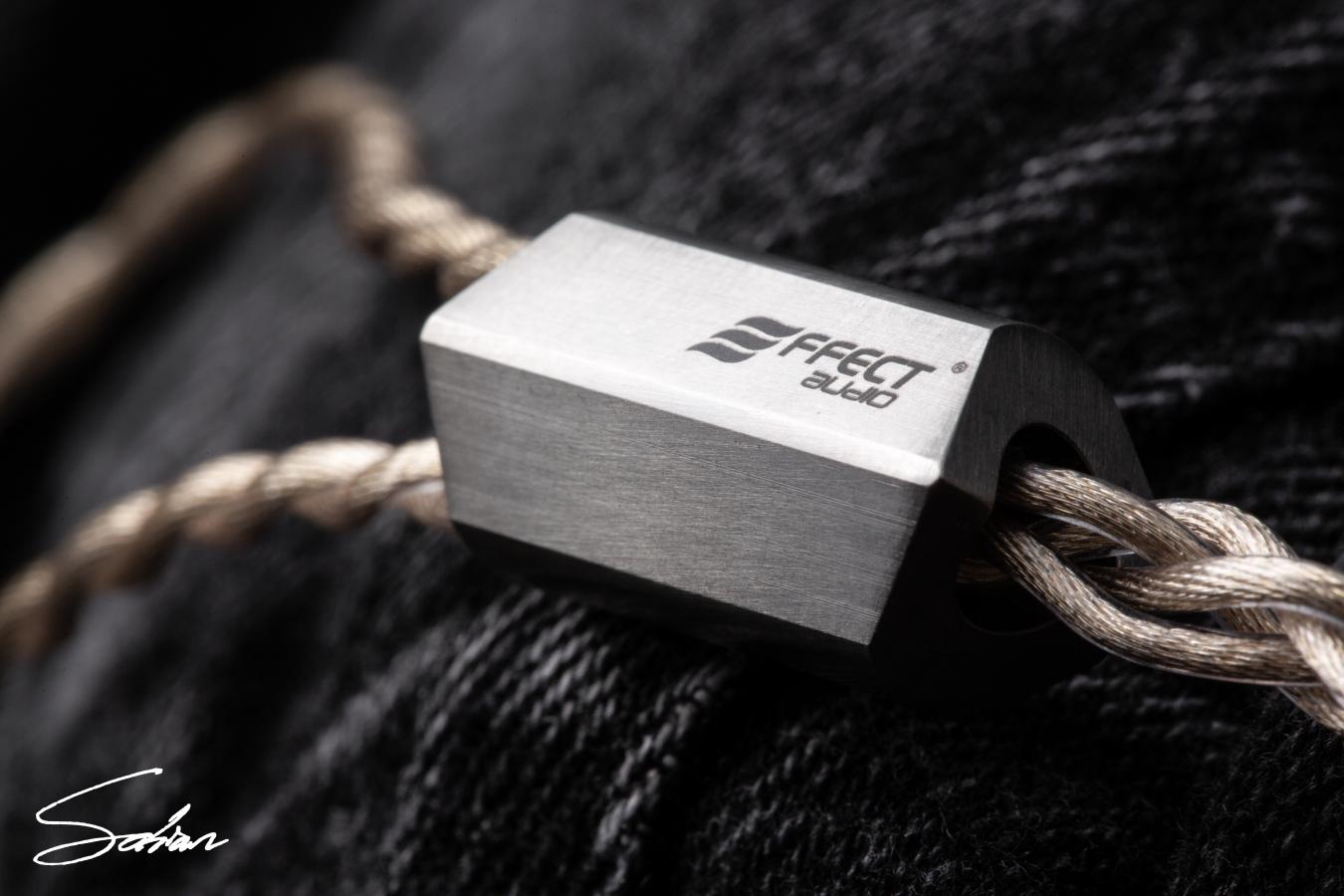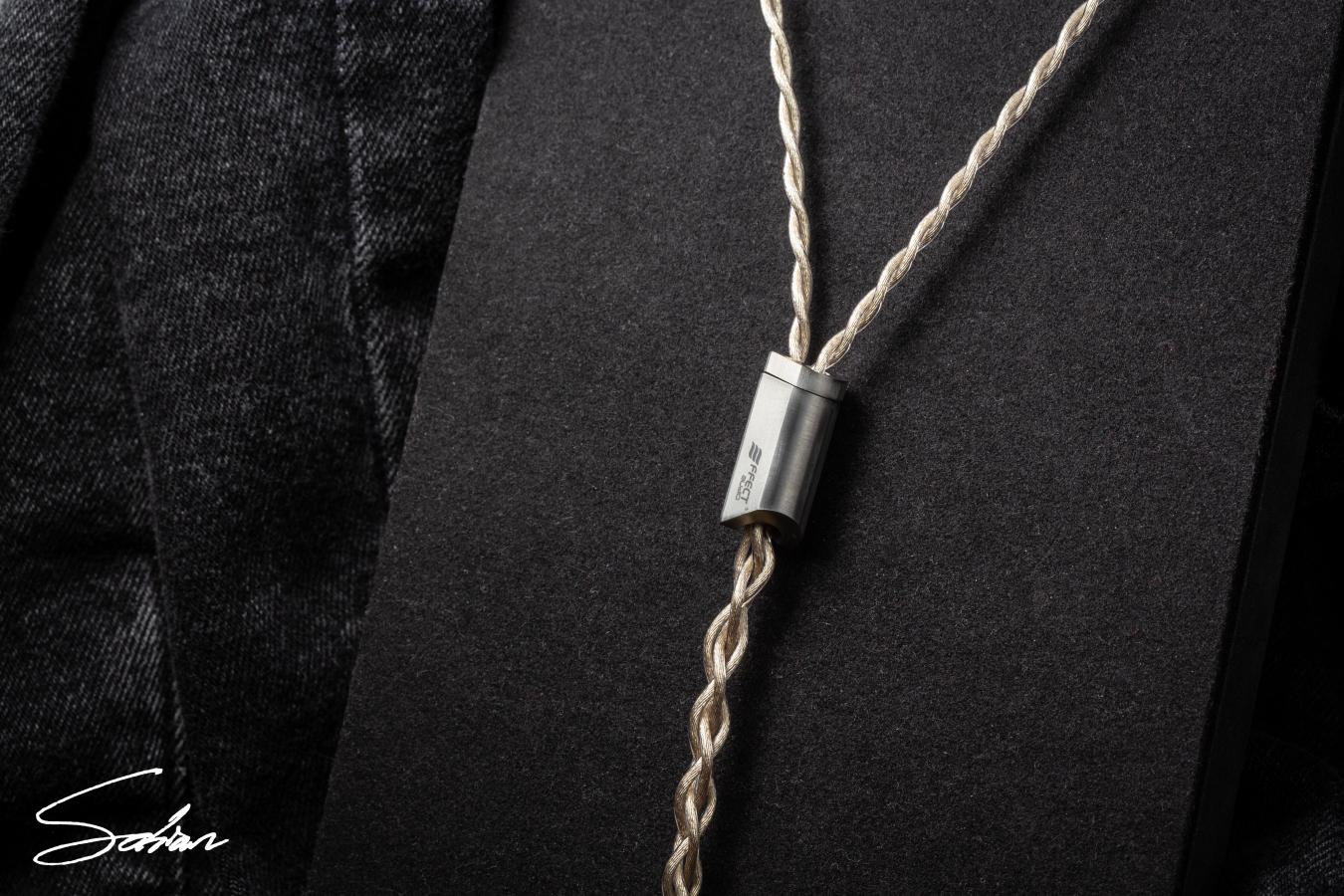Select Comparisons
Effect Audio Janus D ($1399)
Effect Audio’s Janus D offers a slightly different tonal profile to the Code 51. It’s got more of a midrange emphasis, which gives instruments a wetter, warmer and fuller timbre. Because of that, the Janus D has the slightly looser, more pleasing, more musical feel to it, while the Code 51 comes off a hair tighter and stricter. Impressively, though – possibly as a result of the Janus D’s 8-wire design – it keeps up very capably in terms of technique. Its backdrop is just as defined and just as stable, and it slightly edges out the Code 51 in terms of depth, even. Now, this could be a by-product of the latter’s treble presentation. Again, sounds like hi-hats leap out farther on the Code 51, while they’re more reserved and unexaggerated on the Janus D. This is also true in the bass, where the Janus D opts for a warm neutrality over the Code 51’s raw rumble.

Because of these differences in approach between the two, you’ll hear two different focuses from them as well. The Code 51’s crisper, snappier delivery will result in a greater appreciation for micro-details, nuance and separation. On the other hand, the Janus D is more capable at revealing an instrument’s tonality. This wetter, more rounder tone is what results in its more immersive, organic sound; more musical and wavy, and less explosive. If you own earphones that are inherently dynamic, like 64 Audio’s tia Fourté Noir, this Janus would probably make the more ideal pairing. It should soften some of the contrast for a more euphonic, easy-to-dive-into sort of signature. The Code 51 is more fitting for the opposite kinds of IEMs, like the aforementioned Layla or Phantom. Regardless, both truly are highly resolving cables for different listeners.
Eletech Illiad ($1799)
Eletech’s flagship Illiad produces a similar kind of spaciousness as this Code 51, along with a similarly neutral tone. Both cables are very clear-sounding with impeccable imaging precision. But, where the Illiad departs from its competitor is in the delivery and size of its notes. The Illiad portrays instruments rather largely; a big, slightly playful sound. The Code 51 is more neutral in that regard with a preference for tightness. As a result, the Illiad – like the Janus – is the more musical, organic-sounding one, while the Code 51 is the more clinical separator. Now, moving onto delivery, the Illiad’s transients are noticeably softer and more rounded, while the Code 51 comes off a bit harder-edged. Again, this optimises the Code 51 for clarity, separation and well-etched detail, while the Illiad is primed for easygoing (yet highly resolving) enjoyment.

Resolution-wise, the two fare fairly equally. Though, in the bass specifically, the Code 51’s forward presence and heavier delivery does flesh it out more. So, if you’re a listener who likes paying particular attention to the bass, this would be the more ideal cable for you. By the same token, the Illiad is for those who prefer their music delivered with a softer, gentler hand. Like the Janus, it’ll definitely come down to the in-ears you plan to pair them with as well. Spatially, the Illiad – with its less explosive signature – comes off a tad freer and relaxed, while the Code 51 thrusts forth the nitty-gritty textures of the track. The final tonal difference I’d note between the Code 51 and the Illiad is the latter’s subtle upper-mid emphasis. Instruments feel a hair more vibrant and expressive – as said above, larger too – while the Code 51’s focus is in the lows.
Verdict
The Code 51 by Effect Audio is an absolutely titanic effort. Like a flagship cable should, it manifests the technical bests of any monitor it’s paired with, guaranteeing top-end stage expansion, effortless resolution and incredibly defined layering at all times. Then, along with that comes this cable’s dynamic, forward-driving energy that gives instruments a liveliness, inching them that much closer toward real-life. Completed with a neutral tonality, a solid, robust timbre and a controlled, measured delivery, its pair-up potential might as well be universal. However, there’s a caveat to that accessibility, and it’s this cable’s price tag. The Code 51 is about as non-essential as things get, and it’ll be – simply put – unjustifiable for a lot of people. But, if you are someone with an arsenal of flagship IEMs, is experienced with cables and is looking for the one piece to squeeze every last drop out of your signal chain, the Code 51 is the choice for power, clarity and nuance in one.




